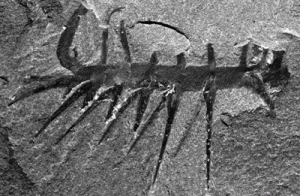It appears that I have run 5,164 miles more or less since my mastectomy in early 2012, and I guess it has taken quite bit of motivation to get there. Not that I often notice as running is just part of my life – more a question of when I will run rather than if on any particular day. I’m a bit too inclined to run through everything as well – so much so that people congratulate me for not running and actually taking rest when I come down with a lurgy.
There are several reasons why I run – all the predictable stuff about keeping fit, avoiding middle age spread, keeping the wine trade and all its generous hospitality at bay and so on. Then there is the motivation of doing something positive to manage the side effects of all my drug treatments – premature menopause writ large and all that goes with that. Bone loss, weight gain and cardio health issues all become higher risks with zoladex and aromatase inhibitors. And I want to keep my achy and swollen joints moving too.
But in spite of all these worthy motivations, sometimes getting out the door is just really hard, so I have a few other tricks to help deal with those “I don’t want to move” days. Today’s solution was to take myself off for trot round the botanic gardens in Cluj-Napoca in the heart of Transylvania, and what good decision that was. I thought there might a be few spring bulbs out but wasn’t really expecting to find sub-carpathian wild flower meadows and woodland groves full of banks of Hepaticas, anemones and primroses – all in the heart of a sizeable city.
I whiled away a happy couple of hours here, covering just about 7 miles – not quick ( though I did fit in a few hill reps) but what nice way to go for a Sunday morning run. I nearly always take my running shoes when I travel – not least to counter food and drink but also to explore some of the amazing places I go to. And at home, Caroline’s botanical tours are quite famous among my running friends as I drag them off to some local wildlife site to see the wild daffodils, or helleborines, or early purple orchids or some other wildlife treasure that gives me an excuse to run somewhere different, or even just a reason to take those first few steps when I’m not feeling the love.


